Many people know that sweet potatoes are considered "cheap ginseng" with countless health benefits, and sweet potato leaves are equally nutritious, considered "the king of common vegetables". Why is that?
Health benefits of sweet potato leaves
In 100g of sweet potato leaves, there are nutrients such as: Starch 2.8g, energy 22kcal, protein 2.6g, water 91.8g...
This vegetable also contains many nutrients, vitamins B, C, E, beta carotene, biotin and minerals such as magnesium, phosphorus, calcium, potassium, manganese, copper, zinc...

As nutritious as milk
Supplementing vitamin K from sweet potato leaves will help rebalance the amount of calcium in the bones. In addition, when combining vitamin D with vitamin K, it can help people with broken bones recover quickly.
Effective detoxification
Sweet potato leaves contain a lot of chlorophyll, which helps purify the blood and eliminate toxins that have been absorbed. With its cool, sweet taste, sweet potato leaves can be a dish for hot days or when the body is on fire.
Good for the heart
According to the Center for Clinical Nutrition (K Hospital), the antioxidant properties in sweet potato leaves are thanks to derivatives of caffeoylquinic acid, quercetin, anthocyanin...
The study used 200g of purple sweet potato leaves for athletes for 1-2 weeks to help reduce lipid and DNA oxidation, increase glutathione in the blood, and improve antioxidant capacity in plasma.

Prevent constipation
You should regularly eat sweet potato leaves to help your digestive system work effectively. In particular, sweet potato leaves contain a lot of fiber, which helps with bowel movements. In addition, the sap from sweet potato leaves also has a laxative effect, preventing constipation.
The Japanese call it "longevity vegetable"
In Japan, sweet potato leaves are known as longevity vegetables and are very popular among Japanese people.
The Japanese are particularly fond of sweet potato leaves. In this country, sweet potato leaves are sold at very high prices and are voted as "longevity vegetables" because of the valuable nutrients they possess.
This vegetable is considered a treasure trove of vitamins, because the amount of vitamin B2 in sweet potato leaves is 10 times more than in sweet potatoes.
In addition, this vegetable is also rich in fiber, vitamin B6, vitamin C, and antioxidants.
If you regularly eat sweet potato leaves, your internal organs will be purified. Because sweet potato leaves are neutral, this vegetable dish will help clear heat and cool the body, especially good for detoxifying the intestines and other internal organs such as the liver and kidneys.

Sweet potato leaves also help protect eyesight, prevent cardiovascular disease, lower blood pressure and stabilize blood sugar, and enhance the body's immunity.
Thanks to its high vitamin K content, this vegetable helps reduce the risk of colon, prostate, nasal, oral, stomach cancer and cardiovascular diseases.
Research has even shown that liver cancer patients who supplement enough vitamin K every day will see improved liver function.
Sweet potato leaves can be cooked in many different ways, stir-fried or boiled. Some typical dishes made from sweet potato leaves include stir-fried sweet potato leaves with garlic, sweet potato leaf soup with meat, and boiled sweet potato leaves.
These are the wonderful effects that help sweet potato leaves be known as the longevity vegetable in Japan. Experts advise you to regularly add sweet potato leaves to your daily meals.
Notes when eating sweet potato leaves for good health
Do not eat sweet potato leaves when hungry
Although sweet potato leaves contain a lot of fiber which is good for the digestive system, you should not eat them raw as it can easily cause constipation, you should boil or stir-fry them before eating. In addition, sweet potato leaves contain ingredients that, if eaten on an empty stomach, can cause hypoglycemia, which is dangerous for your health.
Do not eat too much sweet potato leaves.
The calcium content in sweet potato leaves is relatively large, if eaten too much, often will cause excess calcium, easily leading to kidney stones. Therefore, when eating sweet potato leaves, you should combine them with other foods so that the body can absorb more nutrients.
How to cook sweet potato leaves deliciously
Stir-fried sweet potato leaves with garlic
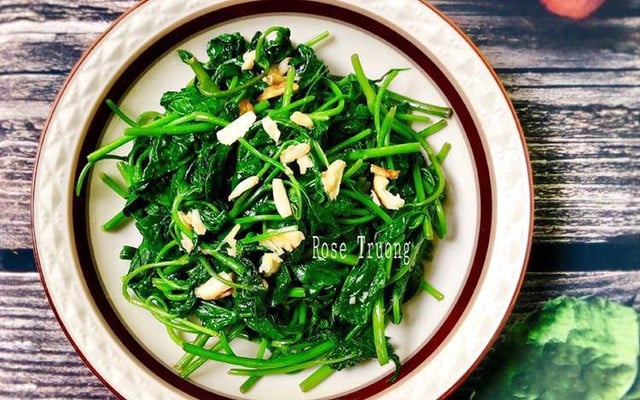
- Pick the young shoots of the water spinach, remove the roots and old leaves. Soak the water spinach in diluted salt water for about 5 minutes, then rinse 1-2 more times, then scoop out and drain.
- Peel the garlic, divide into 2 parts, chop one part with a knife, slice the other part thinly and put in a bowl.
-Stir-fry sweet potato leaves with garlic until cooked, season and turn off the heat.
Boiled sweet potato leaves
- Add about 500ml of water to the pot, put the pot on the stove and boil over high heat. When the water boils, add 1/2 teaspoon of sugar to the pot and then add the sweet potato leaves to boil.
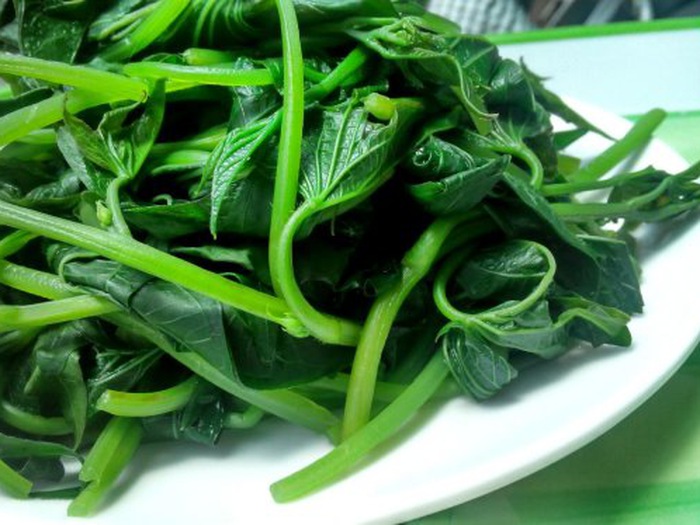
- After about 3 minutes, the sweet potato leaves are cooked, turn off the stove, scoop the leaves out and put them in a bowl of clean water to soak for 5-10 minutes, then put them in a basket to drain.
Note: Adding sugar to the water when boiling will help the sweet potato leaves stay green. Because sweet potato leaves take a long time to cook, they should be boiled before stir-frying. Once boiled, drain in cold water to make the leaves more crispy and delicious.
Source




![[Photo] National Assembly Chairman Tran Thanh Man holds talks with President of the Senate of the Czech Republic Milos Vystrcil](/_next/image?url=https%3A%2F%2Fvphoto.vietnam.vn%2Fthumb%2F1200x675%2Fvietnam%2Fresource%2FIMAGE%2F2025%2F11%2F21%2F1763715853195_ndo_br_bnd-6440-jpg.webp&w=3840&q=75)


![[Photo] Visit Hung Yen to admire the "wooden masterpiece" pagoda in the heart of the Northern Delta](/_next/image?url=https%3A%2F%2Fvphoto.vietnam.vn%2Fthumb%2F1200x675%2Fvietnam%2Fresource%2FIMAGE%2F2025%2F11%2F21%2F1763716446000_a1-bnd-8471-1769-jpg.webp&w=3840&q=75)


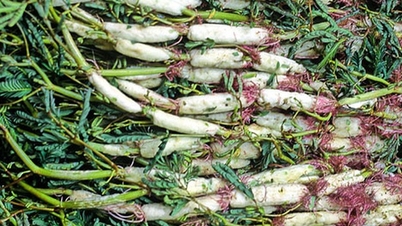






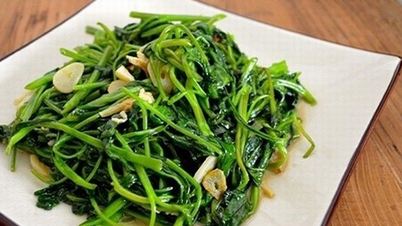



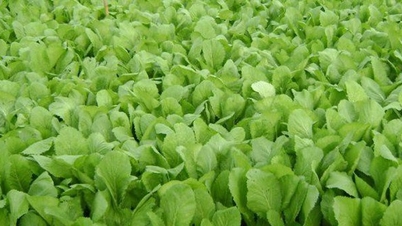



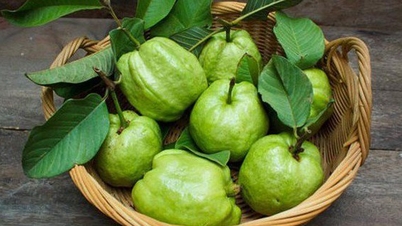






















































































Comment (0)